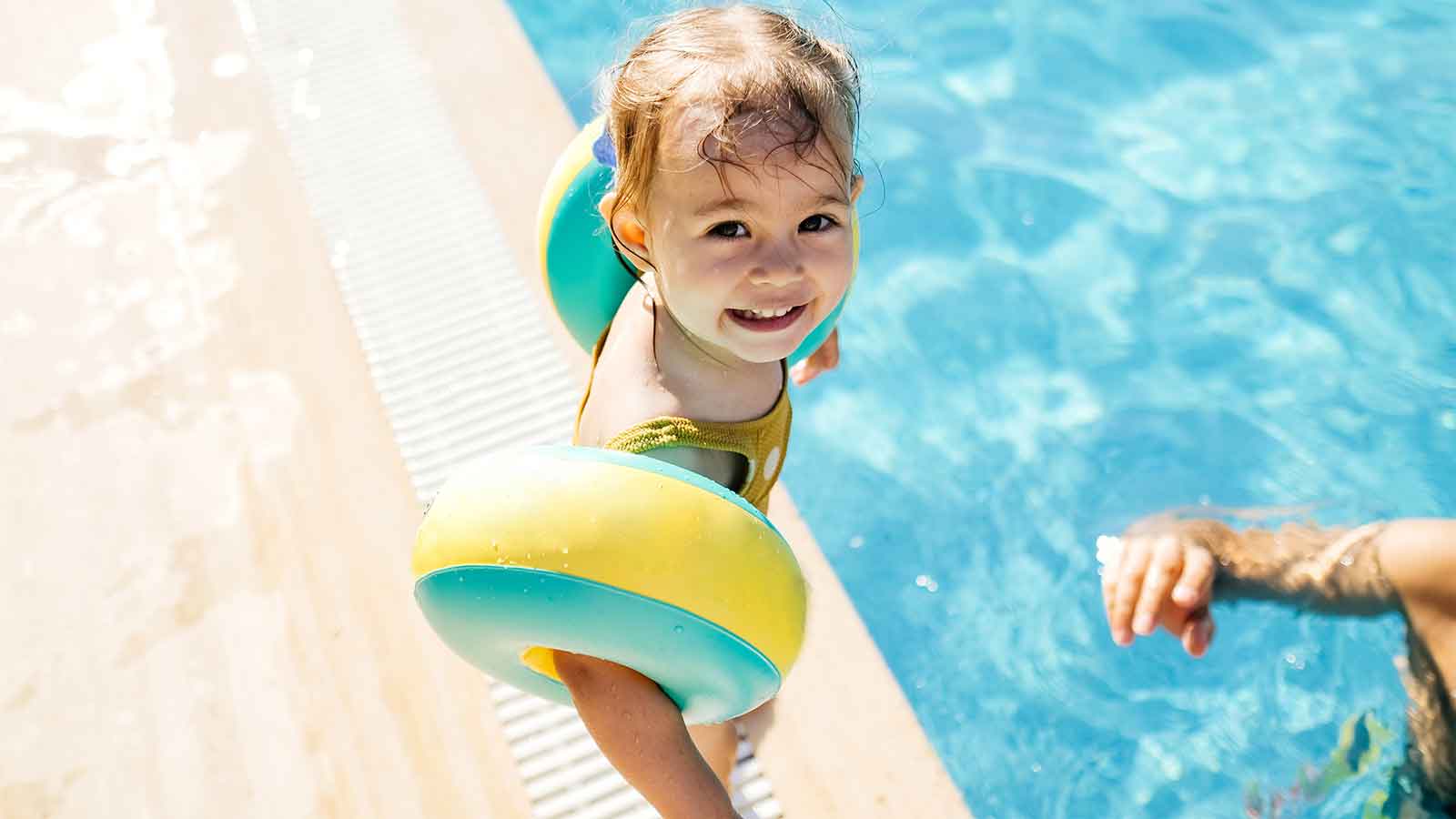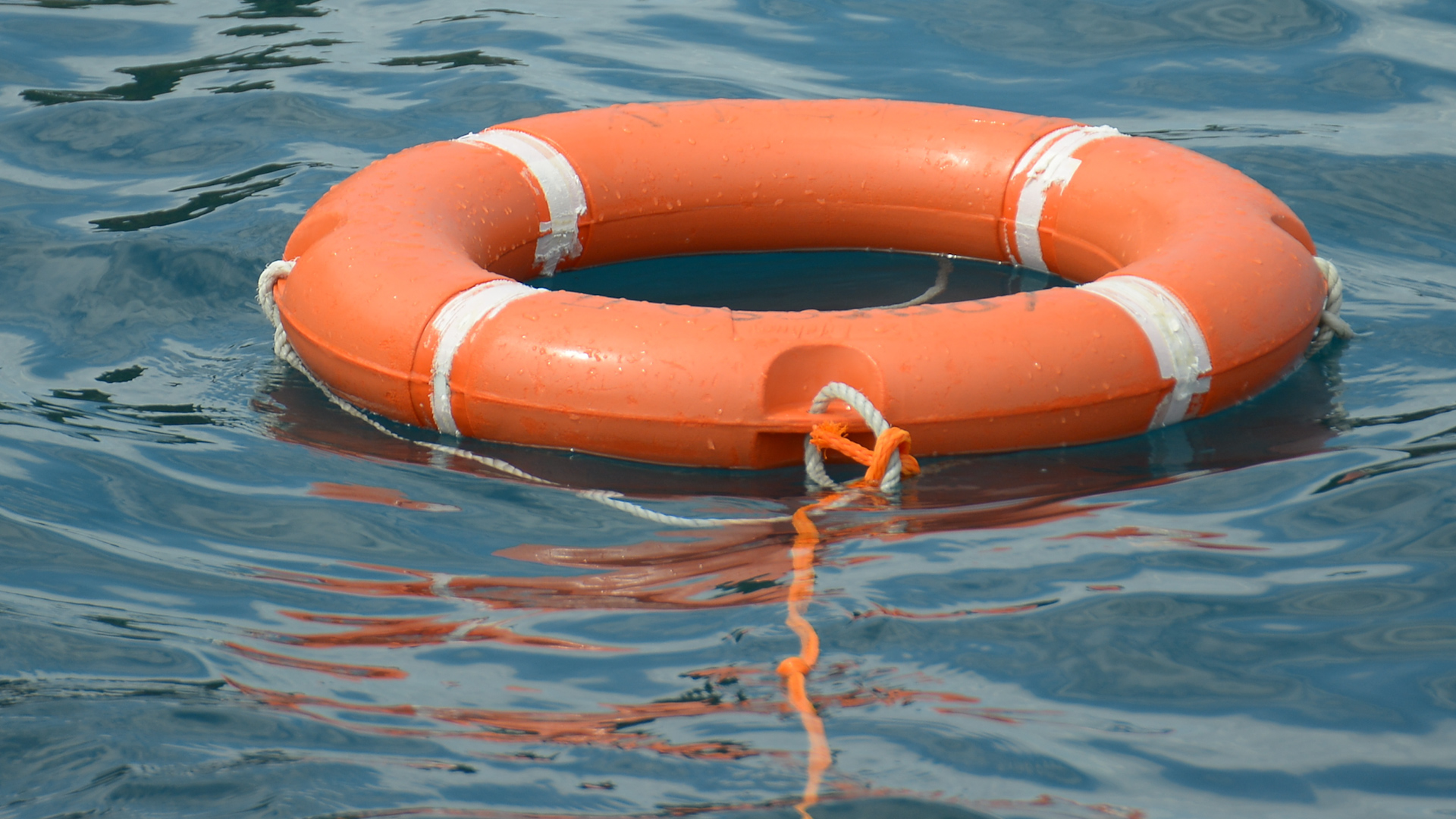With people flocking to the lakes and pools to beat the heat this summer, the swimming season is in full force. However, with it, comes the risks of participating in underwater activities.
The Centers for Disease Control and Prevention reports drowning as the leading cause of death for children ages 1-4, and the second leading cause of unintentional injury death for children ages 5-14. Ten people die each day from drowning in the U.S., according to the American Red Cross.
There are many ways to practice safe swimming and avoid drowning in wild waters, but here are our pieces of advice.
Enter shallow or unknown water feet first
Get Southern California news, weather forecasts and entertainment stories to your inbox. Sign up for NBC LA newsletters.
Diving headfirst into the water can be dangerous as it comes with the risk of head, neck and spinal cord injury. According to the Canadian Red Cross, 95% of diving injuries happen in water 5 feet deep or less.
Enter unfamiliar water feet first to avoid unexpected and sudden hazards and be aware of the water depth.
Watch for currents, waves, or underwater obstructions, as these appear in rivers and lakes
Be aware of your surroundings. A current is considered dangerous when it reaches 2 mph or faster. Currents can be challenging for even professionally trained swimmers.
Watch out for hidden obstacles below the water's surface.
If you fall into fast-moving water, do not try to stand up
Putting your feet down can jam them between boulders, in tree limbs or other debris, the U.S. Forest Service said. Instead, lay on your back with your feet pointing downstream. Be prepared to fend off any obstacles with your feet.
Avoid rock hopping along the water's edge, as rocks may be slippery when wet
Rock hopping can be a fun activity by the water but it can be hazardous in the wrong environment.
Avoid this activity or exercise caution.
Always swim with a buddy in a supervised area, preferably with a lifeguard on duty
It is always safer to have another set of eyes watching swimmers. Even if there is a lifeguard around, practice water safety by keeping an eye out for danger alerts.



